February 2024: OMAC, an influential industry association for machine automation and control, collaborated with ei3 to issue a publication titled “Wired for Success: Strategic Insights into the Deployment of Ethernet Networks in Manufacturing.” The guide will be unveiled at the highly respected 28th Annual ARC Industry Leadership Forum.
January 2024: Honeywell and NXP Semiconductors N.V. combined their resources in January 2024 to enhance energy management in commercial buildings. Their partnership exclusively targets pressure sensing enhancement and guaranteed secured control.
January 2024: Nozomi Networks launched in January 2024 its IoT security sensor called Guardian Air in Australia via a partnership with partners CyberCX and The Missing Link.
July 2023: Bosch Sensortec and HopeRun Software signed a contract outlining their shared desire to cooperate and develop together. Sebastien Therond, Head of Business Strategy and Portfolio Management at Bosch Sensortec, and Liu Yang, Vice President of HopeRun, both attended the signing event. Through the launch of two development boards, the HH-SCDAYU200 and Neptune 100B, the partnership seeks to simplify the practical deployment of AIoT applications.
June 2023: STMicroelectronics released the first MEMS pressure sensor that is waterproof for industrial IoT applications in June 2023. This was intended to have a lifespan of ten years, thus making it suitable for use in manufacturing.
May 2023: STMicroelectronics introduced to the market this May 2023 the industry’s first ever water/liquid resistant absolute pressure MEMS sensor with its stated ten-year lifespan especially aimed towards industry use.
April 2023: Texas Instruments developed SimpleLink series Wi-Fi 6 companion ICs (integrated circuits) as early as April 2023 to assist designers in implementing strong, secure, cost-effective Wi-Fi connections. These ICs are designed for applications requiring reliable performance under high-density or hot environments operating up to 105 degrees Celsius.
March 2023: two new integrated circuit families, the xG27 family of Bluetooth systems on chips (SoCs) and the BB50 microcontroller unit (MCU), have been introduced by Silicon Labs, a pioneer in safe, intelligent wireless technology for a more connected world. These new families are intended for the lowest form factor IoT devices.
February 2023: Qualcomm expanded its range of services in February 2023 so as to streamline and accelerate IoT implementation across industries. Qualcomm Aware is meant for excellence in asset management, particularly for assets that require precise timely decisions on critical matters. This involves combining cutting-edge silicon technology, an extensive developer-oriented cloud platform, and an ecosystem composed of hardware and software partners.
February 2023: Henkel developed an innovative Sensor Experience Kit specifically for IoT development across various sectors during February 2023. Henkel Qhesive Solutions Sensor INKxperience Kit combines four separate printed electronics technologies together with pre-designed hardware and software, allowing for prototyping and conceptualizing engineering projects.
January 2023: Texas Instruments announced a partnership with TDK to develop the world's first sensor module with embedded edge AI and wireless mesh networking, the i3 Micro Module.
October 2022: For instance, in October 2022, Infineon Technologies AG unveiled its XENSIV connected sensor kit (CSK), the latest IoT sensor platform designed for fast prototyping and creation of IoT solutions tailored to specific needs.
April 2022: Arm Limited introduced two new solutions - Arm Cortex-M85 and Cortex-A in April 2022 aimed at enhancing customer offerings. These product launches will attract new customers and add to the company’s revenue growth acceleration.
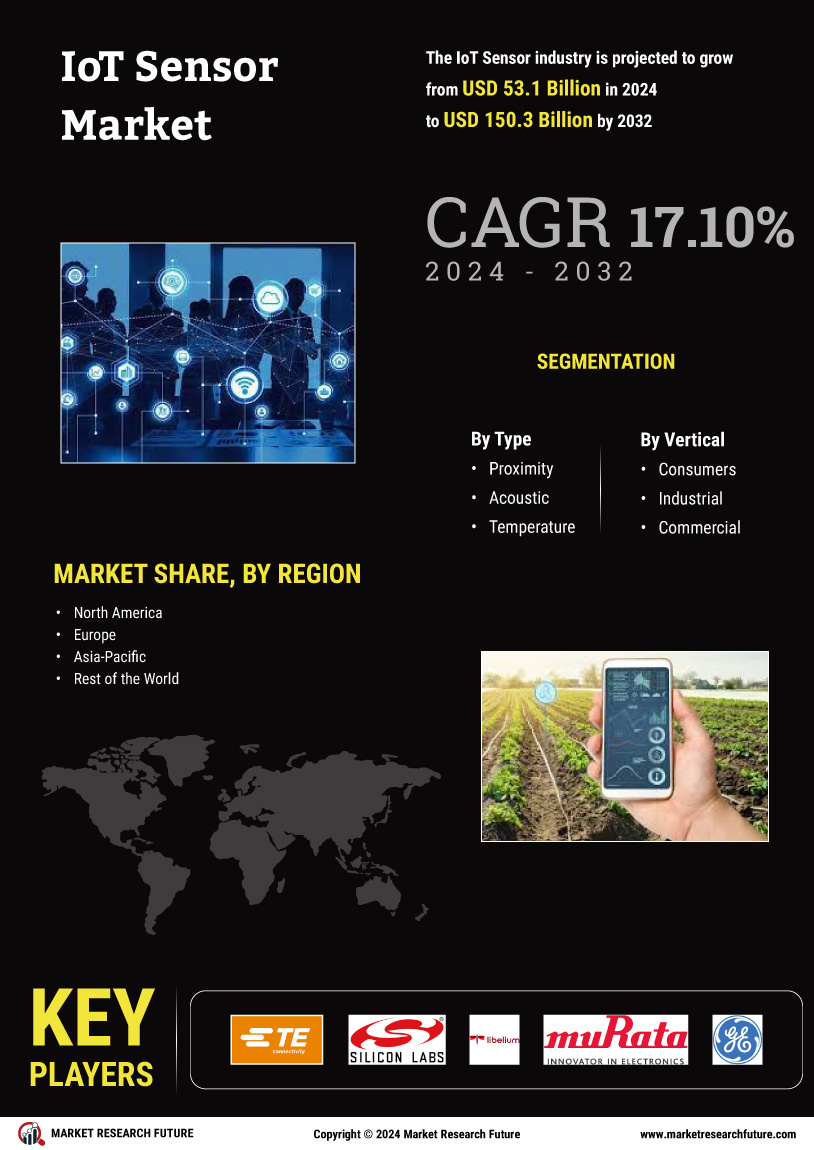
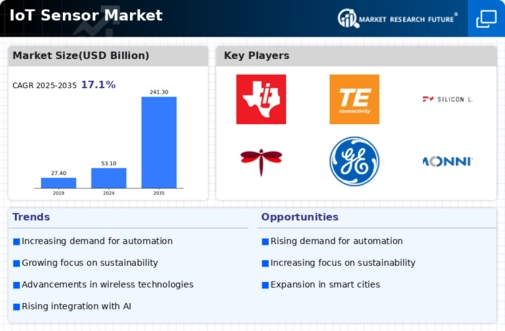
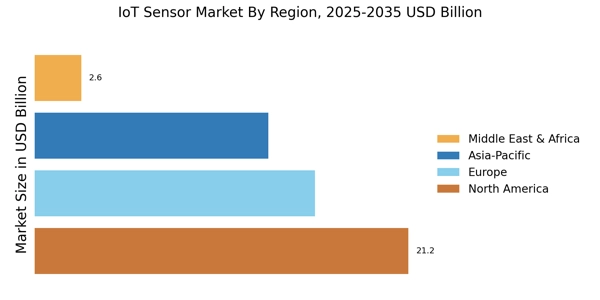
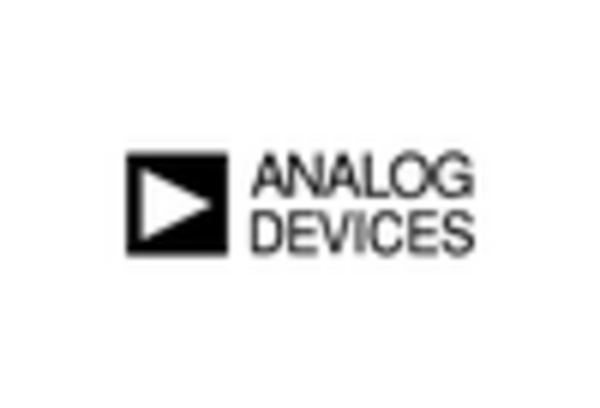
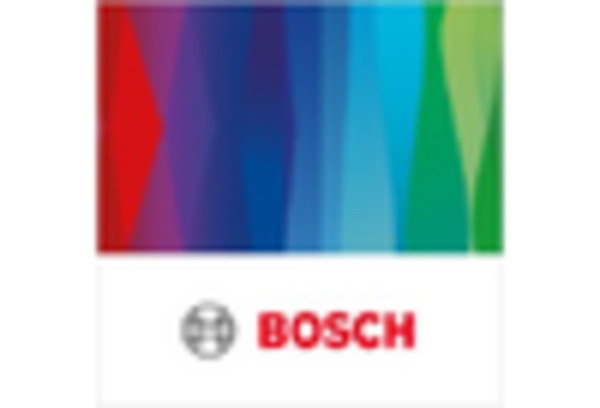
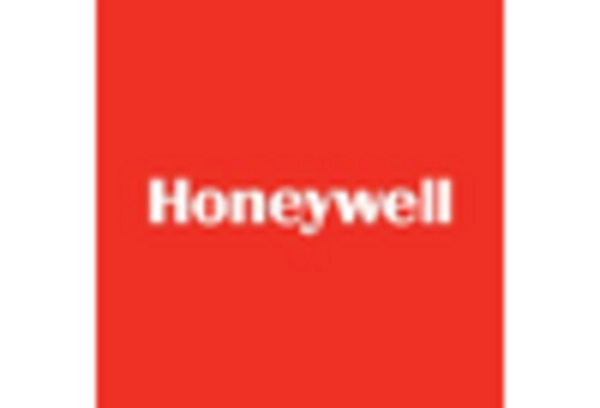
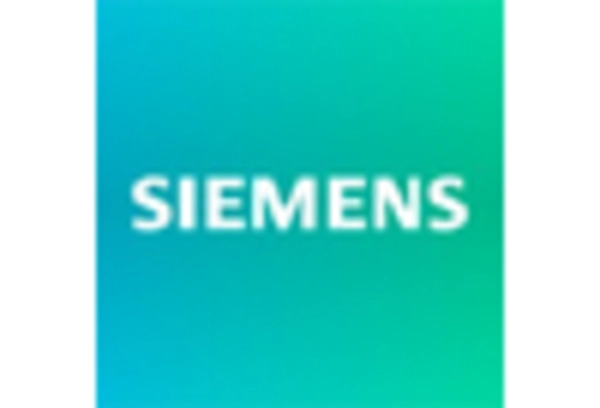
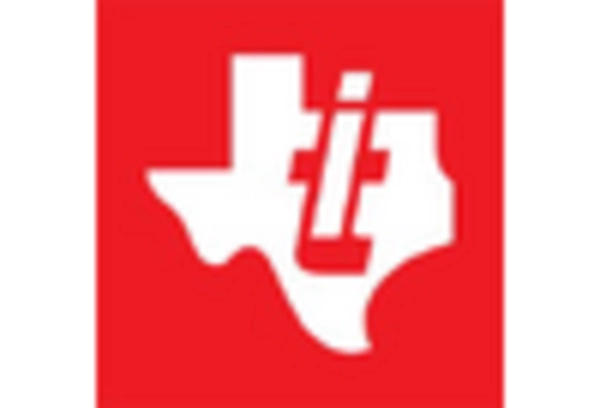








Leave a Comment